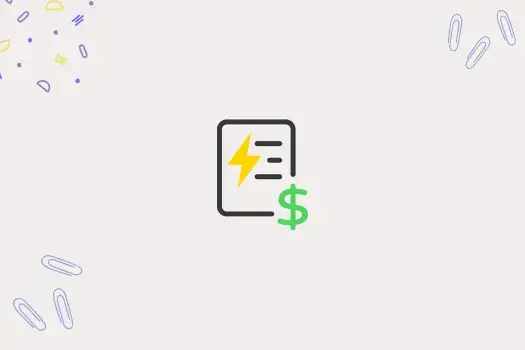
Why Invest In Utility Contract Management Solutions?
Content
- What does Utility Contract Management entail?
- Key Components of Utility Contracts
- What makes Utility Contract Management essential?
- What are the essential features of Utility Contract Management?
- Role-based Access
- Continuous Performance Monitoring
- Change Management
- Real-time Collaboration
- Comprehensive Documentation
- Quick & Secure Execution
- Automate Contract Processes
- AI-powered Review
- Conclusion
Utility companies providing electricity, natural gas, water, fuel oil, coal, and other energy resources require legal agreements to set the terms. Whether in the private or public sector, these commercial relationships involve diverse processes, multiple stakeholders, and strict regulations. That is why parties require effective solutions and strategies to establish deadlines, performance, and payments throughout the lifecycle. Here are the key elements of effective utility contract management, with tips to streamline processes and improve oversight.
What does Utility Contract Management entail?
Utility contract management involves overseeing legal agreements for the transaction of electricity, gas, water, and other utility services. It can include Power Purchase Agreements, Supply Agreements, Distribution Agreements, and Service Level Agreements. These contracts specify the stakeholders’ rights, obligations, terms, payments, and terminations.
They must negotiate these terms, monitor performance, ensure compliance, and address disputes throughout the contractual relationship. Any discrepancies in the process can lead to costly litigations, unsatisfied parties, and operational issues. Meanwhile, effectively managing utility contracts allows utility providers and their stakeholders (suppliers, regulators, and customers) to ensure optimal pricing, service levels, and risk mitigation.
Key Components of Utility Contracts
Rate and Pricing Structures: The utility agreement outlines the agreed-upon compensation for the services, including base charges, tiered rates, demand charges, and adjustments. It enables stakeholders to oversee the financial flow throughout the relationship.
Term and Renewal Provisions: It defines the period under which the contract is in effect and how the parties can end it legally. Specifying contract duration, renewal options, and notice period beforehand helps to avoid future disagreements and unsatisfied parties.
Regulatory and Compliance Clauses: The utility sector is a well-regulated industry. Parties must take precautions to uphold the governing laws, environmental standards, and reporting requirements outlined in the agreement to prevent legal repercussions.
Metering and Measurement: Utility providers outline their methods to track and quantify utility usage, whether electricity, gas, or water, primarily for billing purposes. It brings clarity to all the stakeholders regarding usage, rates, accuracy standards, and audit rights.
Billing and Payment Terms: Suppliers and consumers must align their expectations regarding invoicing frequency, payment methods, late fees, and dispute resolution. It may include late payment penalties and discounts to lay the foundation for lasting commercial relationships.
Termination and Exit Conditions: Utility contracts can include provisions to end the agreement before expiration by convenience, cause, or frustration. Parties can specify break fees, notice requirements, and obligations upon termination.
Risk Allocation and Liability: Stakeholders specify in the agreement which party is responsible for potential risks. They can include indemnification, force majeure events, insurance requirements, and limitation of liability to guarantee a fair distribution of accountability and contractual relationship.
Change Management Procedures: Including specific clauses makes modifications and amendments to the original agreement efficient and manageable. They can include approval workflows, version control, and other requirements to make the process legal and enforceable.
What makes Utility Contract Management essential?
The utility sector is notorious for its intricate regulations and compliance requirements. Organizations must navigate a labyrinth of laws governing their operations, from environmental standards to safety regulations. Effective utility contract management is vital to remain compliant and avoid costly penalties and legal issues.
Moreover, utility industries like electricity, water, gas, or oil entail collaboration among various stakeholders, including suppliers, contractors, and regulatory bodies. All these parties must communicate throughout the contracting process to align their goals and achieve desired results. Proactively managing utility agreements ensures stakeholders are informed about changes and developments. They can reduce miscommunication and delays, leading to faster decision-making and project execution.
What are the essential features of Utility Contract Management?
Utility industries operate on an expansive infrastructure. They require competent contracts to handle all moving parts, including equipment, stakeholders, and regulations. Nevertheless, managing legal agreements can be a nightmare due to disjointed procedures and outdated tools. Here’s how businesses can overcome these challenges by implementing the following strategies:
1. Role-based Access
Role-based access control ensures that only authorized personnel can access, edit, or approve specific parts of utility contracts. In utility contract management, sensitive data and legal terms are often involved, so it's vital to define who can view or take action on certain elements of the contract lifecycle. By assigning permissions based on job roles, such as legal, procurement, engineering, or finance, organizations reduce the risk of errors, data breaches, and unauthorized modifications. It helps streamline workflows, as team members only see the information relevant to them, improving focus and productivity. Role-based access allows businesses to maintain a clear trail of user actions, making it easier to track decisions or changes.
2. Continuous Performance Monitoring
Utility contracts often span years and involve complex service-level agreements (SLAs), so continuous performance monitoring is essential. This component involves tracking contract obligations, supplier performance, compliance, and milestones in real-time or at regular intervals. By using key performance indicators (KPIs) and automated alerts, managers can ensure that vendors deliver services as agreed and quickly address deviations. Continuous monitoring reduces financial risks, identifies inefficiencies, and enables proactive dispute resolution. For utility companies, where service reliability, uptime, and customer satisfaction are critical, tracking how contracts are executed ensures accountability and quality. Additionally, integrating performance data with analytics tools provides insights for future contract negotiations and renewals.

3. Change Management
Change is inevitable throughout utility contracts, which often run for years and must adapt to regulatory shifts, market dynamics, or operational adjustments. Change management refers to the structured approach used to handle contract amendments, renegotiations, or scope modifications without disrupting service or introducing compliance risks. Successful contract management platforms include built-in workflows for logging, reviewing, and approving changes, ensuring all stakeholders are informed and aligned. These changes can include rate adjustments, timeline extensions, or technical scope updates. A solid change management process prevents miscommunication, reduces delays, and keeps documentation up to date for audits.

4. Real-time Collaboration
Real-time collaboration is critical in utility contract management because multiple departments must work together seamlessly. Real-time tools, such as shared digital workspaces and communication platforms, allow stakeholders to co-author documents, provide feedback, and resolve issues instantly. This reduces delays that often arise from email back-and-forth or waiting for physical approvals. Real-time collaboration also increases visibility, ensuring that everyone works from the latest version of the contract. With live comment tracking, task assignments, and instant notifications, team members stay aligned and informed throughout the contract lifecycle.
5. Comprehensive Documentation
Documentation ensures that every aspect of a utility contract—from initial negotiations to final amendments—is properly recorded and easily retrievable. This includes service-level agreements, compliance certificates, correspondence, change orders, and performance reports. A centralized document repository, ideally integrated into a contract management system, prevents information silos and reduces the risk of misplaced or outdated files. For utility companies, where regulatory compliance and legal clarity are non-negotiable, having complete, well-organized documentation is essential for audits, dispute resolution, and risk mitigation.

6. Quick & Secure Execution
Utility companies often operate in highly regulated environments, where data privacy and operational integrity are paramount. Digital contract execution tools enable stakeholders to sign contracts remotely, track execution status in real-time, and store signed documents in tamper-proof archives. These platforms often include authentication protocols and audit trails, adding layers of verification and accountability. Fast-tracking contract execution while ensuring compliance and data security can significantly reduce cycle times and speed up project kickoffs. Electronic signatures, encryption, and access controls protect sensitive contract data from unauthorized access or tampering.
7. Automate Contract Processes
Automation streamlines utility contract management by eliminating repetitive, manual tasks such as data entry, milestone tracking, and renewal reminders. By using workflows and intelligent rules, organizations can ensure that contracts progress smoothly from drafting to execution and post-award monitoring. Automation minimizes human error, accelerates turnaround times, and frees staff to focus on strategic activities like negotiation or performance review. For utilities, where managing dozens or hundreds of vendor and service contracts is common, automation significantly boosts efficiency and ensures consistency. Automated alerts can notify teams of upcoming deadlines, compliance checks, or contract expirations, reducing the risk of missed obligations or penalties.
8. AI-powered Review
AI-powered review transforms contract management by enabling faster, more accurate analysis of legal documents. AI tools can scan and interpret large volumes of contracts, flagging risky clauses, non-standard language, missing terms, or compliance issues within seconds. This is particularly valuable for utility companies with complex service agreements, evolving regulations, and high-stakes performance metrics. AI speeds up the review process and enhances consistency, and reduces human oversight errors. Ultimately, AI-powered review boosts confidence, accelerate contract cycles, and allow utility professionals to focus on higher-value strategic decisions rather than line-by-line analysis.

Conclusion
Utility companies can streamline their entire contracting process with Dock 365 contract management software. Built on Microsoft 365, our platform utilizes Teams, Outlook, and SharePoint applications to enhance collaboration and communication. From contract creation to lifecycle tracking, Dock 365‘s automation turns a traditionally slow and paperwork-heavy process into a fast, responsive system that keeps pace with utility needs. AI-powered reviews, extraction, and summaries enable businesses to make data-based decisions at every stage.
Book a Live demo
Schedule a live demo of Dock 365's Contract Management Software instantly.
.png?width=196&height=196&name=MicrosoftTeams-image%20(24).png)
Written by Deepti Gopimohan




